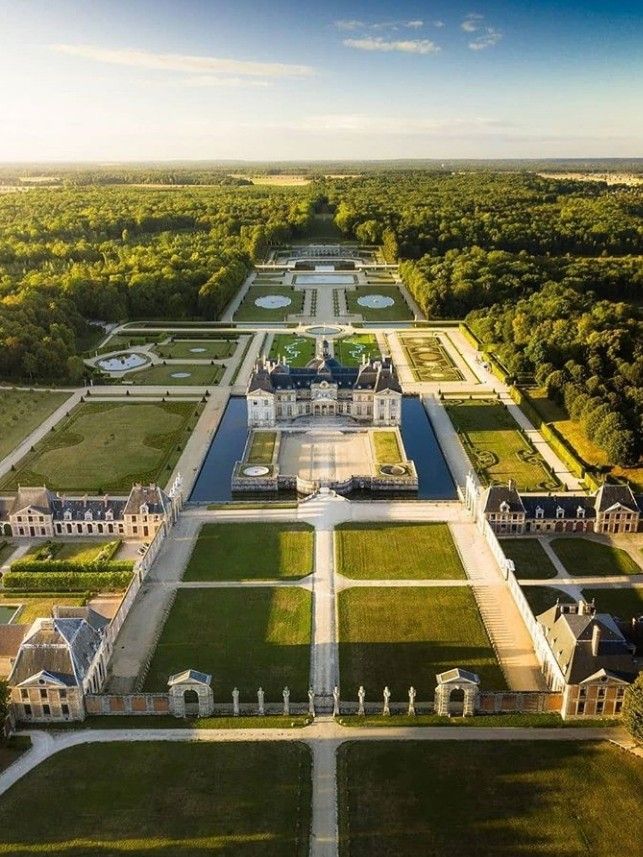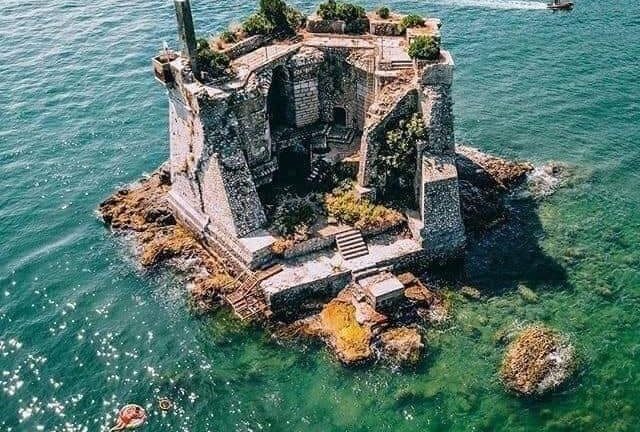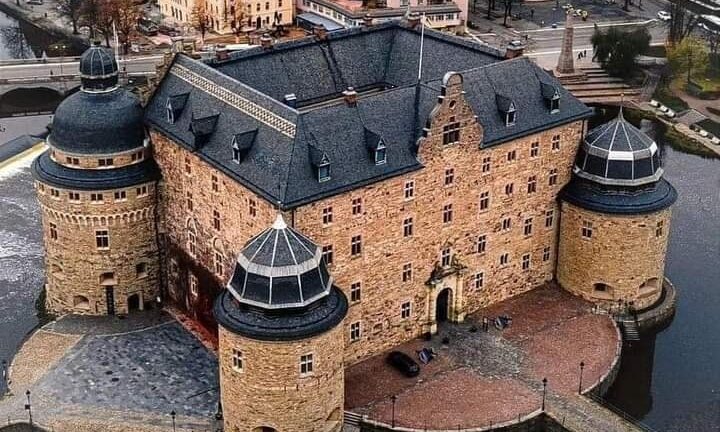The São João Baptista Fortress, perched on the rocky Berlenga Island off the coast of Portugal, is a remarkable example of maritime military architecture. This fortress, with its unique location and historical significance, stands as a testament to the strategic ingenuity and resilience of Portuguese fortifications. Constructed in the 17th century, the fortress was designed to protect the coastline from pirate attacks and foreign invasions. Today, it serves as a historical monument, attracting visitors with its rich history, architectural beauty, and stunning natural surroundings.
The need for the São João Baptista Fortress arose during the 17th century when Portugal faced threats from pirates and rival European powers. Berlenga Island, part of the Berlengas Archipelago, was a strategic location for controlling access to the important maritime routes along the Portuguese coast. The fortress was constructed between 1651 and 1656, during the reign of King John IV, as part of a broader effort to strengthen coastal defenses following the Portuguese Restoration War.
The São João Baptista Fortress is a stunning example of Renaissance military architecture adapted to a challenging natural environment. Built on the ruins of a previous monastery, the fortress blends seamlessly with the rugged terrain of Berlenga Island. Its construction utilized the natural rock formations, with walls and structures integrated into the island’s landscape.
The fortress features a polygonal layout with thick, sloped walls designed to withstand cannon fire. The design includes several bastions and defensive platforms that provide overlapping fields of fire, a common feature in Renaissance military architecture. These bastions allowed defenders to cover all approaches to the fortress, making it extremely difficult for attackers to gain a foothold.
One of the most striking features of the São João Baptista Fortress is its access. The fortress is connected to the main part of the island by a narrow stone bridge that spans a small inlet. This bridge not only provides a dramatic approach to the fortress but also serves as a defensive measure, limiting the number of attackers who could assault the fortress at one time.
Throughout its history, the São João Baptista Fortress played a crucial role in protecting the Portuguese coast. Its strategic location allowed it to control access to the key maritime routes and provide a safe haven for ships navigating the often treacherous waters of the Atlantic Ocean. The fortress was involved in several significant historical events, including repelling pirate attacks and serving as a defensive stronghold during conflicts with rival European powers.
One notable episode in the fortress’s history occurred in 1666, during the War of Restoration. A Franco-Spanish fleet attacked the fortress, but the Portuguese defenders, aided by the difficult terrain and the strong fortifications, successfully repelled the assault. This victory underscored the effectiveness of the fortress’s design and its strategic importance in safeguarding Portuguese maritime interests.
Today, the São João Baptista Fortress is a well-preserved historical monument that attracts visitors from around the world. The fortress is accessible by boat from the mainland, and the journey to Berlenga Island is an adventure in itself, offering breathtaking views of the Portuguese coastline and the Atlantic Ocean.
Visitors to the fortress can explore its well-preserved structures, including the bastions, defensive walls, and living quarters. The fortress also offers panoramic views of the surrounding ocean and the rugged landscape of Berlenga Island, making it a popular destination for photographers and nature enthusiasts.
In addition to its historical and architectural significance, the São João Baptista Fortress is located within the Berlengas Nature Reserve, a protected area known for its rich biodiversity. The island is home to numerous seabird species, making it a popular spot for birdwatching. The clear waters around the island also offer excellent opportunities for snorkeling and diving, allowing visitors to explore the underwater world and its marine life.
The São João Baptista Fortress on Berlenga Island is a remarkable example of Portuguese military architecture and a testament to the strategic importance of coastal defenses in the 17th century. Its unique location, integrated design, and historical significance make it a fascinating destination for anyone interested in history, architecture, or natural beauty. As a well-preserved monument within a stunning natural setting, the fortress continues to captivate visitors and stands as a proud symbol of Portugal’s maritime heritage.


